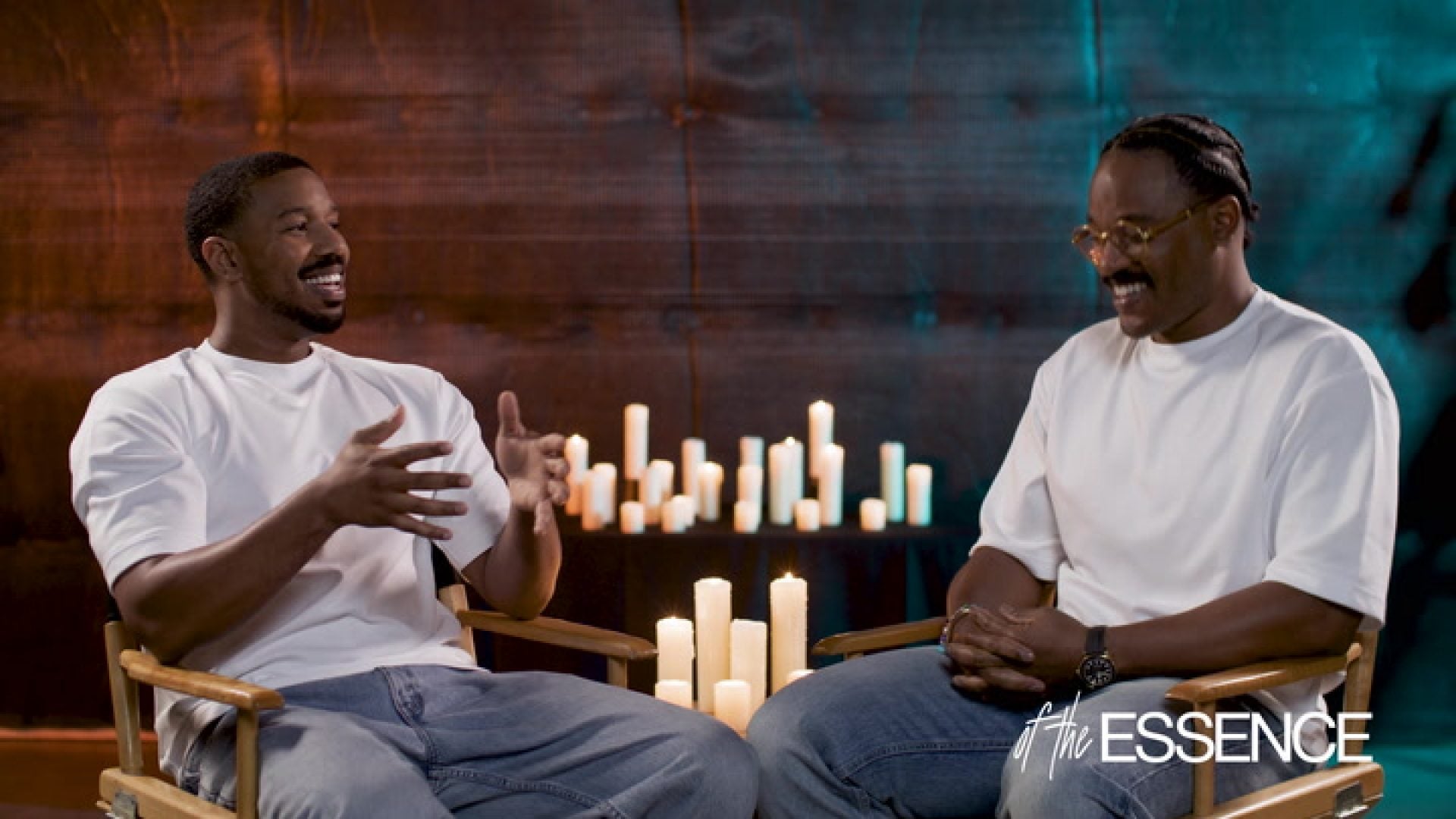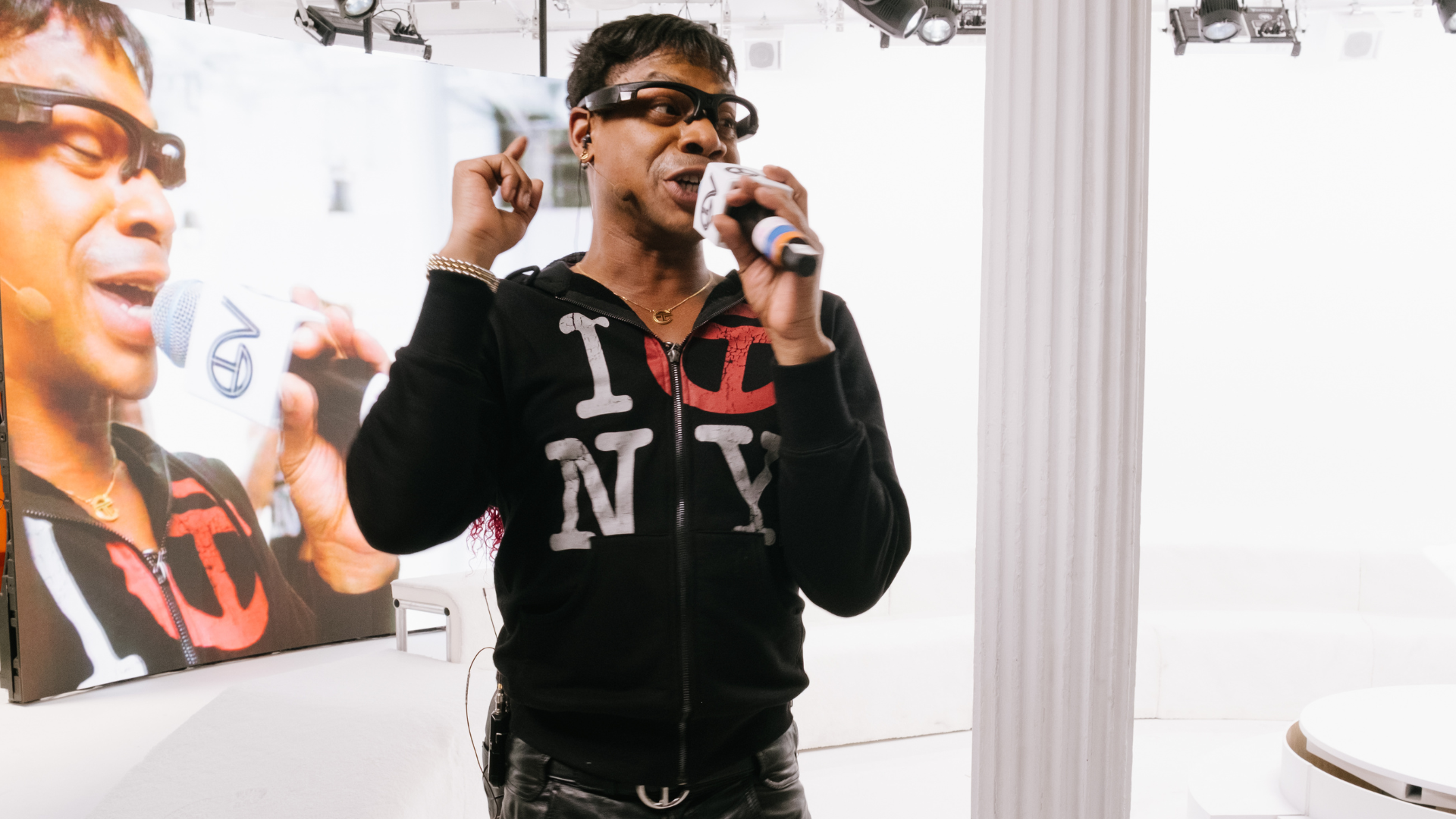
When Telfar Clemens announced plans for a permanent storefront, the collective inhale from the fashion community was palpable. After two decades of redefining luxury through disruptive presentations, democratic drops, and the viral phenomenon of the Bag Security Program, Telfar’s decision to claim physical space on Canal Street emerges as both a homecoming and a manifesto.
The store opening isn’t just another luxury retail expansion. It’s a spatial thesis on Black ownership, queer futurity, and the evolution of thoughtful consumerism in a post-pandemic landscape.
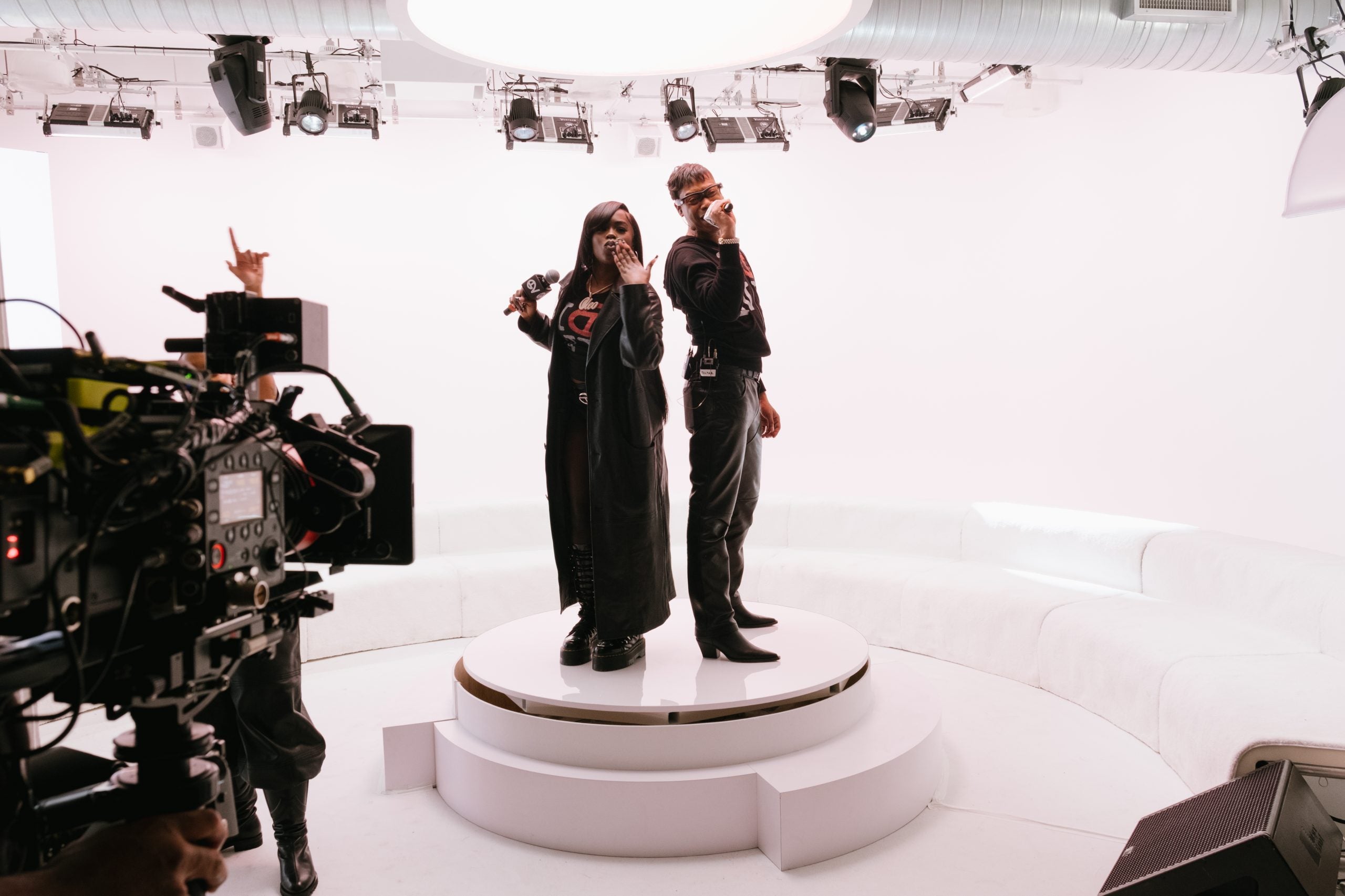
“It’s the manifestation of the customer being first,” explains Ian Isiah, longtime Telfar collaborator and music director, reflecting on the opening. “Everyone finally has tangibility. Everyone can finally touch what they want and wait for what they still want.” This accessibility marks a crucial evolution for a brand that has masterfully balanced digital presence with community desire.
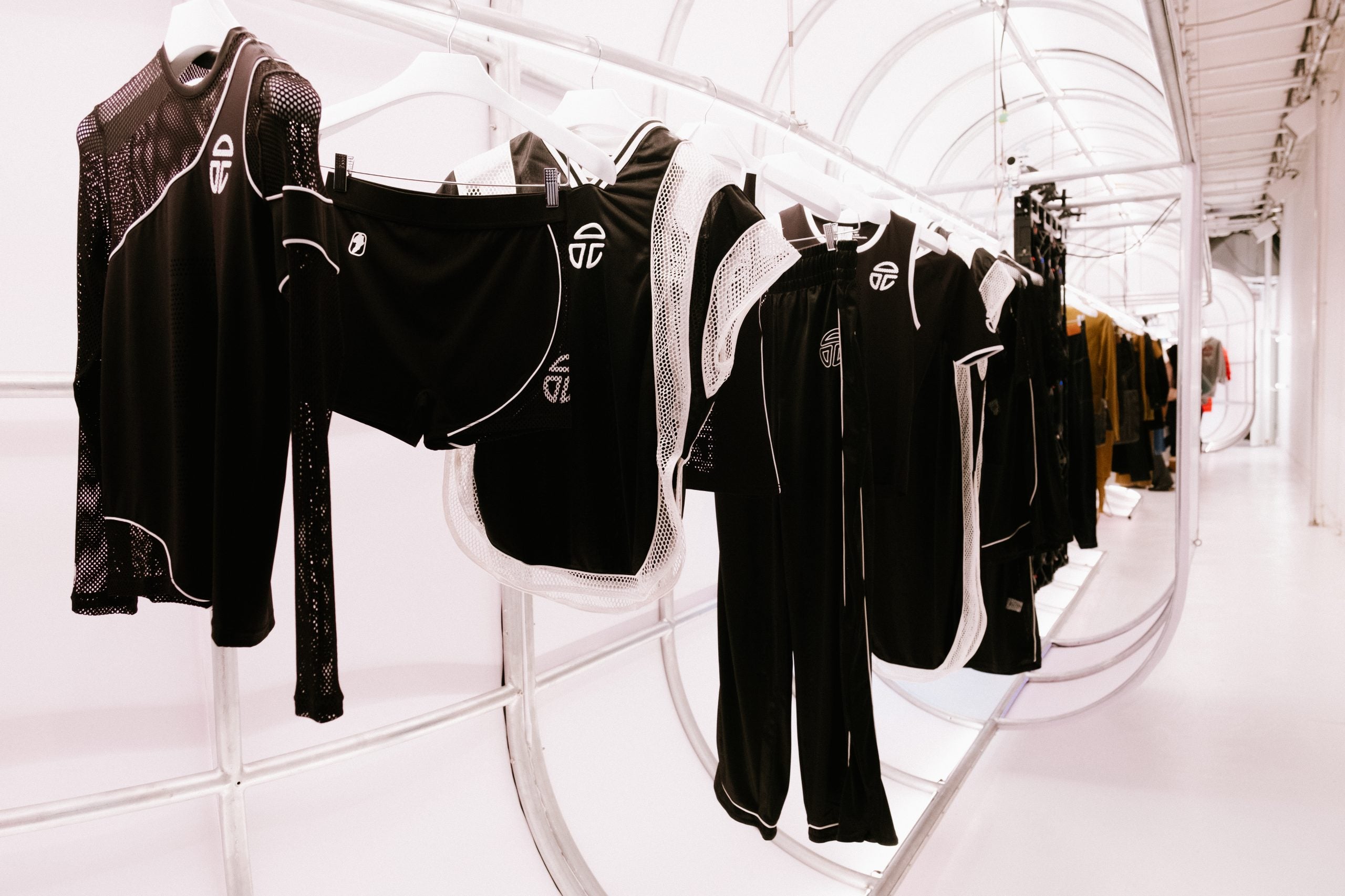
Canal Street’s vibrant, complex retail ecology is a fitting backdrop to a brand and culture toying with luxury fashion’s chief paradox––the authentic and unauthorized, the crafted and mass-produced, the precious and accessible have coexisted in electric tension. On opening day, anticipated crowds transform Black Friday-coded consumptive excitement into something more akin to a family reunion.
The space itself operates as a living extension of Telfar TV, where chrome-and-screen architecture creates a retail theater that feels less like a store and more like stepping inside the brand’s distinctive digital aesthetic made tangible. Enter the “Bag Bar” concept, which transforms the communal digital experience of the Bag Security Program–itself born from pandemic-era necessity and mutual care–into an architectural statement. Where traditional luxury retail constructs artificial scarcity through velvet ropes and waitlists, Telfar’s space reconfigures the wait as a site of experiential opportunity.
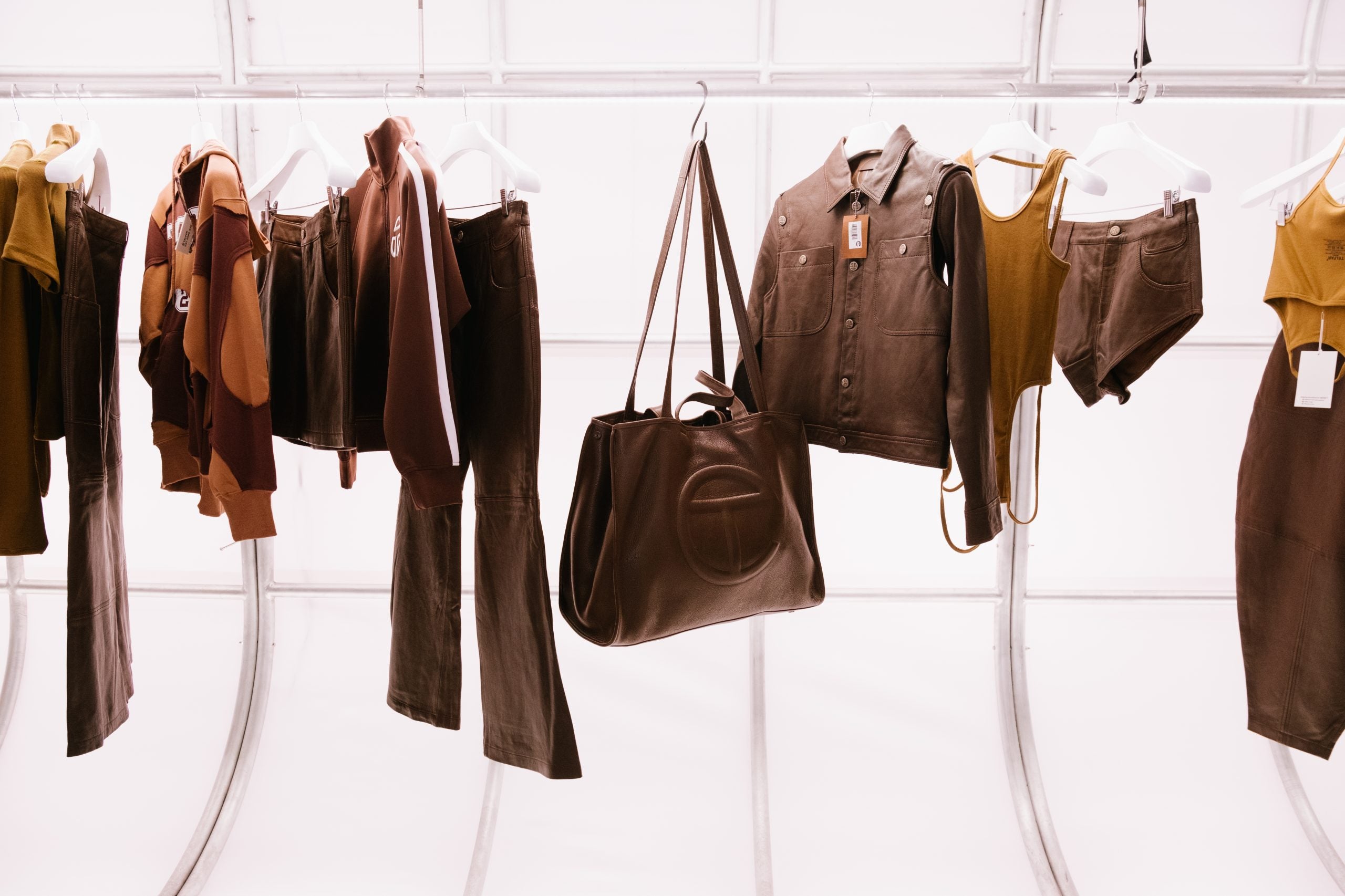
The bar setup, with its swiveling seats reminiscent of lunch counters and a wall-covered menu of bag colorways, invokes the casual intimacy of New York take-out eateries, instilling familiar comfort in the embrace of Telfar’s constant envelope-pushing newness. In every subsection, retail is placed in dialogue with archives by housing products within the context of an accumulated brand history.
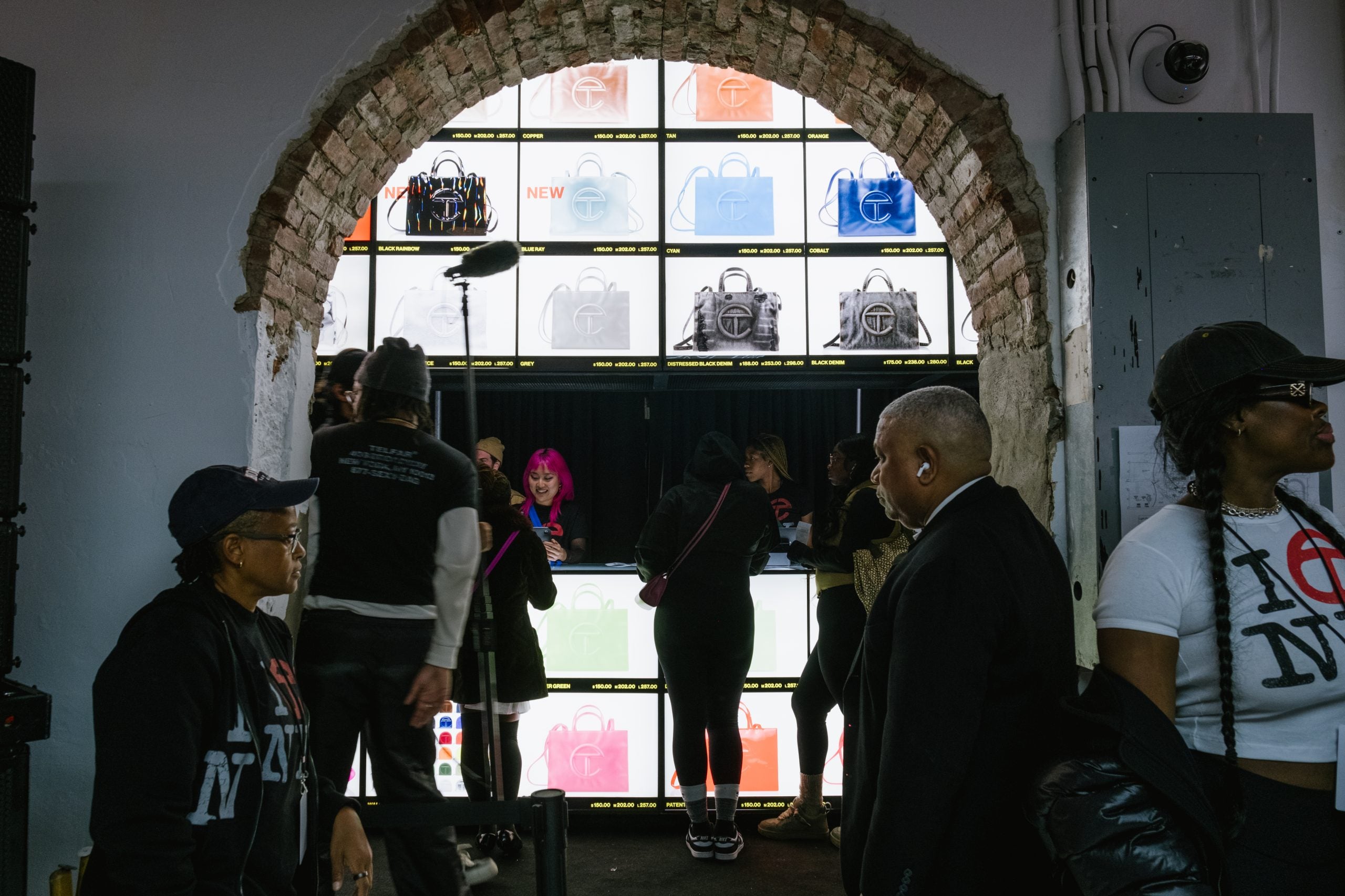
Tall windows at the entrance frame a floor-to-ceiling news studio projection screen, while the back alley hosts erected displays showing multi-angle views of the day’s unfolding action. Surrounding screens displaying Black shoppers and community members become a powerful intervention in luxury’s traditional visual landscape.
As Isiah notes: “I want to walk down the block every day and see these little Black girls on this screen like this. That’s beautiful, and maybe buy a bag or not–just come hang out.”
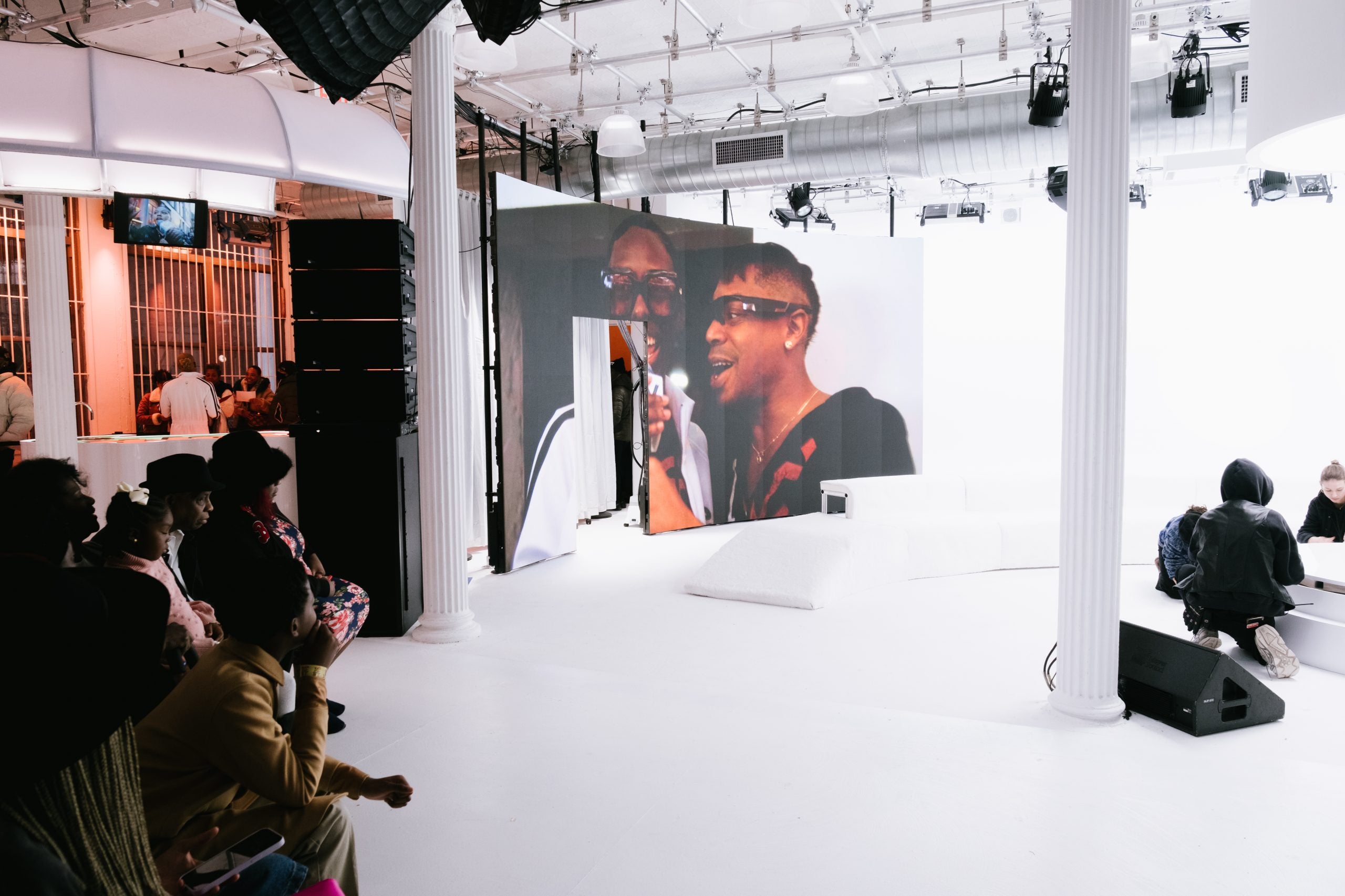
Interactive screens capture and stream in-store moments, turning everyday shoppers into part of an ongoing broadcast narrative. In the back alley, erected displays show multi-angle views of the unfolding day, while the indoor TV talk show stage–complete with live studio audience setup. This serves as the heart of this multimedia experience. Here, on-screen personalities, longtime collaborators, and multimodal artists whose creative paths have genuinely intertwined with Clemens’ vision over the years each brought their artistic gravity while harmonizing with the unmistakable New York vernacular.
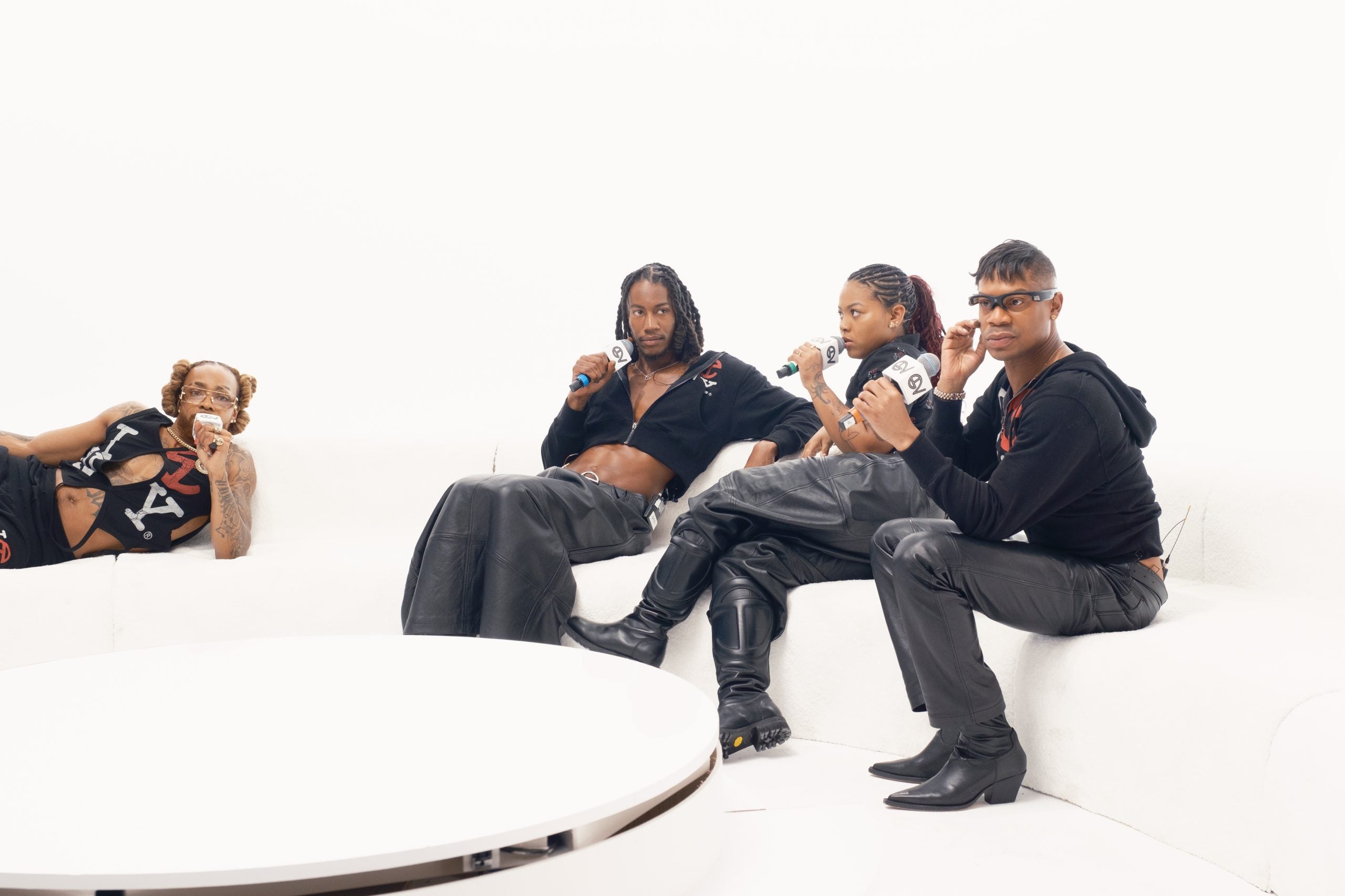
Throughout opening day, these spaces came alive with planned and spontaneous performances that transformed traditional retail inconveniences into opportunities for celebration. Here, the line between shopping and performance dissolves entirely. When a woman from the queue won front-of-line privileges through an impromptu opera performance, fellow shoppers-in-waiting erupted in collective joy. This scene exemplifies how Telfar has mastered the art of making luxury playful and strong enough to detach from artificial scarcity.
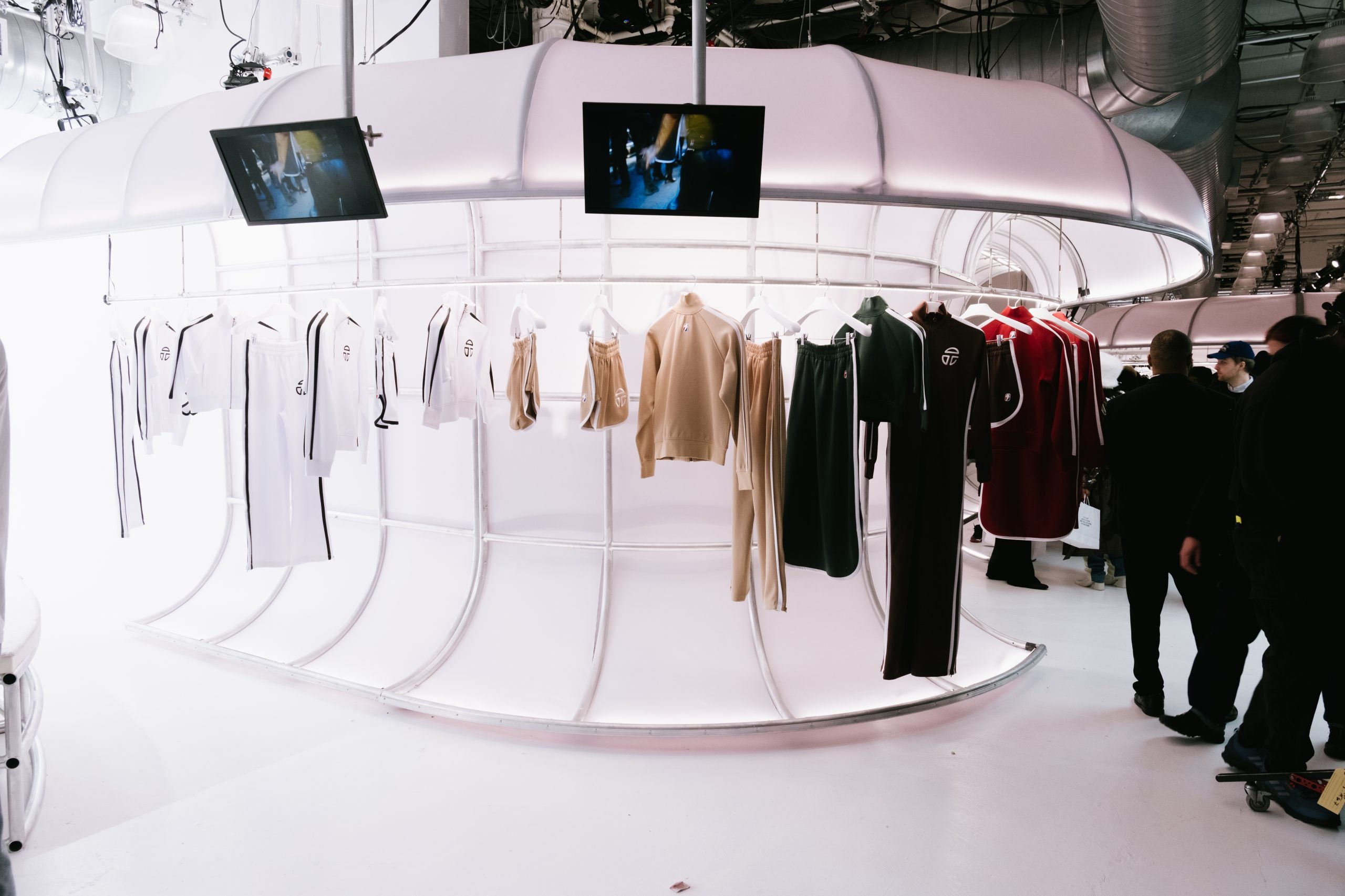
The presence of Telfar TV personalities, longtime collaborators, and multimodal artists whose creative paths have genuinely intertwined with Clemens’ vision over the years brought additional gravity to the space. These figures, each accomplished in their own right, demonstrate what Isiah calls Telfar’s “360 brand” approach, where commerce, culture, and community continually inform each other. “We’re excited to show the people that we’re not just an apparel company, but we’re also a TV network,” Clemens explains, gesturing to the screens that display Black shoppers and community members in real-time, a powerful intervention in luxury’s traditional visual landscape.
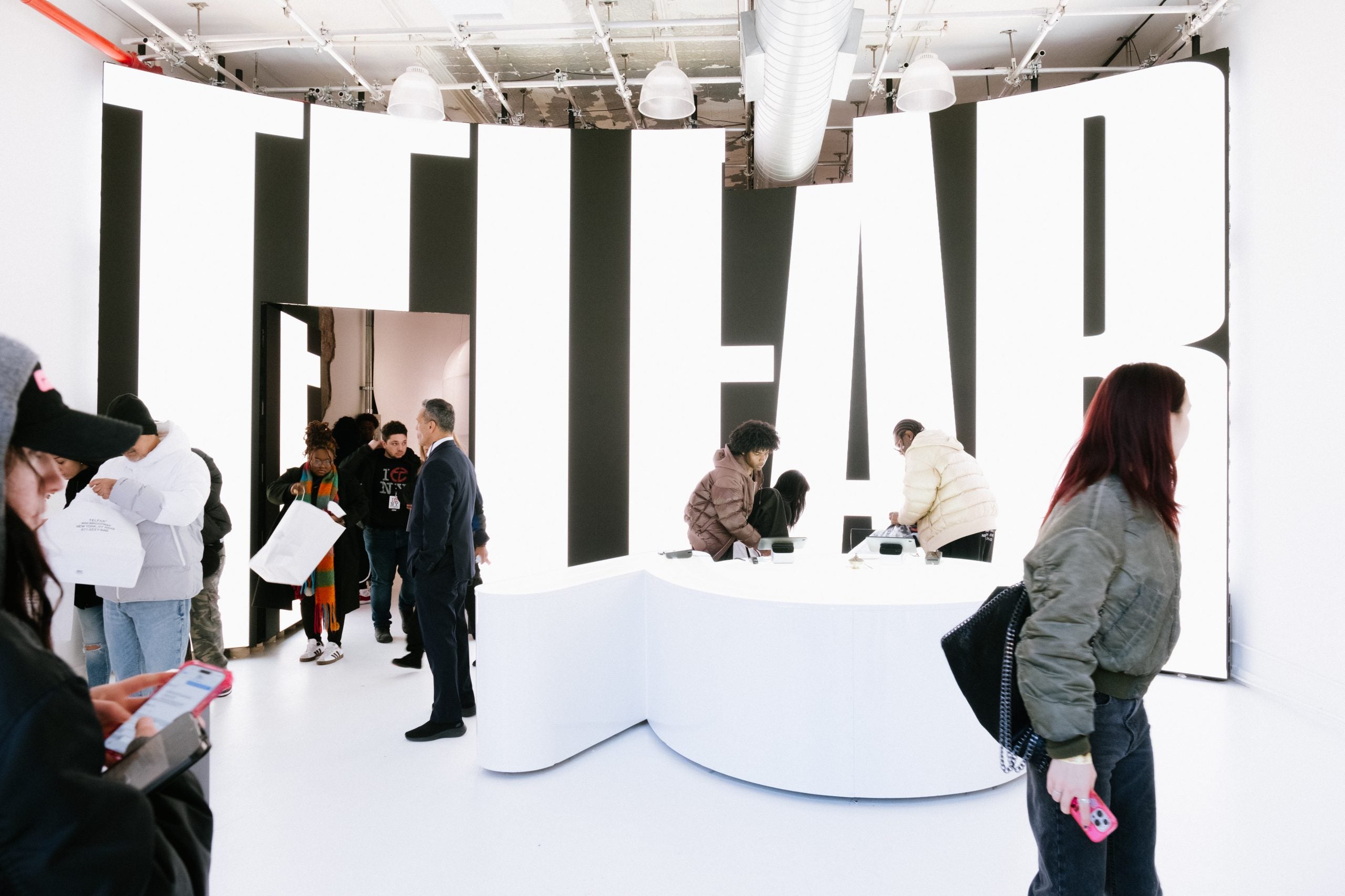
The timing of Telfar’s physical manifestation arrives at a crucial moment of reflection on pandemic-era consumption patterns. While many luxury houses retreated further into exclusivity during the global crisis, Telfar’s BSP model offered a radical alternative: guaranteed access through collective patience. The store translates this digital innovation into physical space, preserving the democratic spirit while adding the crucial element of embodied collective presence.
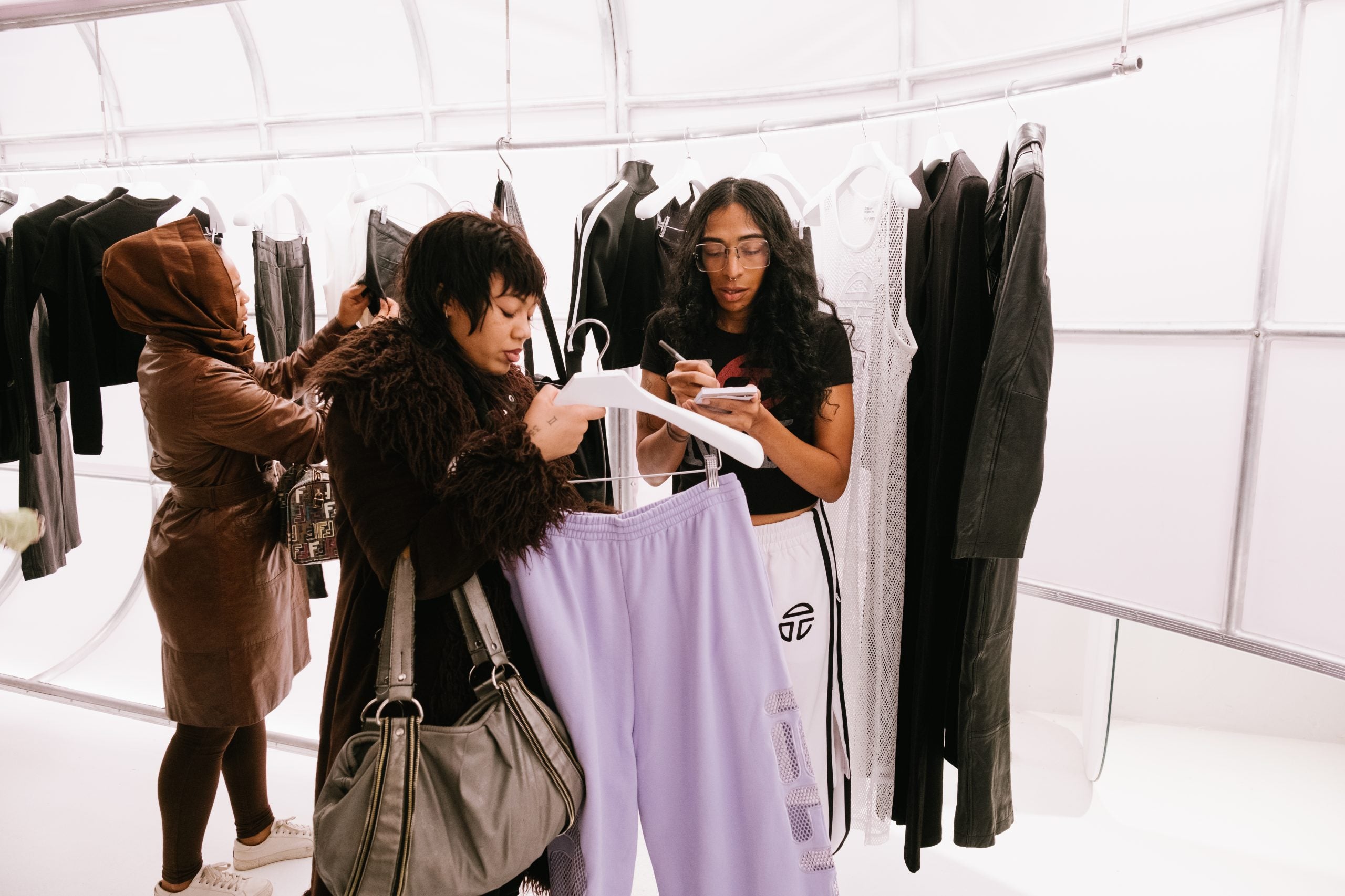
“Come do your homework here. We’ll make space for you,” Isiah emphasizes, outlining a vision of retail that extends beyond transactions into the reinvestment in genuine gathering.
After twenty years of redefining luxury through digital innovation and community-centered drops, this Canal Street location emerges as both a culmination and a new beginning. The space doesn’t just sell products, it enshrines a moment in fashion history when a Black, queer-owned brand rewrote luxury’s rules through digital innovation, then returned to physical space on its own terms, bringing its people with it.
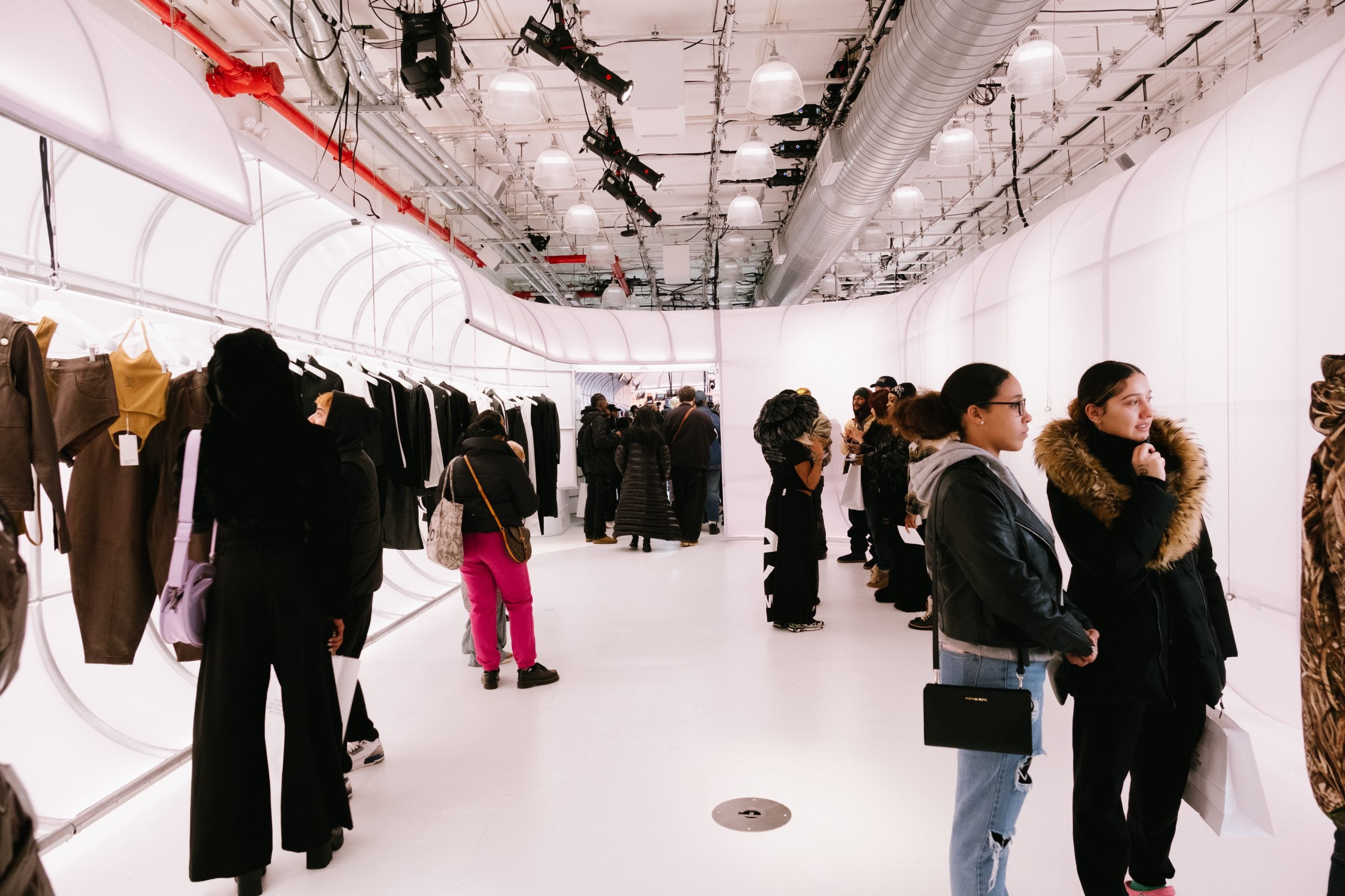
The screens filling the space with real-time footage don’t just document this transformation. They broadcast it as an ongoing invitation to participate in luxury’s next chapter, suggesting that the future of retail might lie not in escape from the city’s commercial complexities, but in thoughtful engagement with them.










